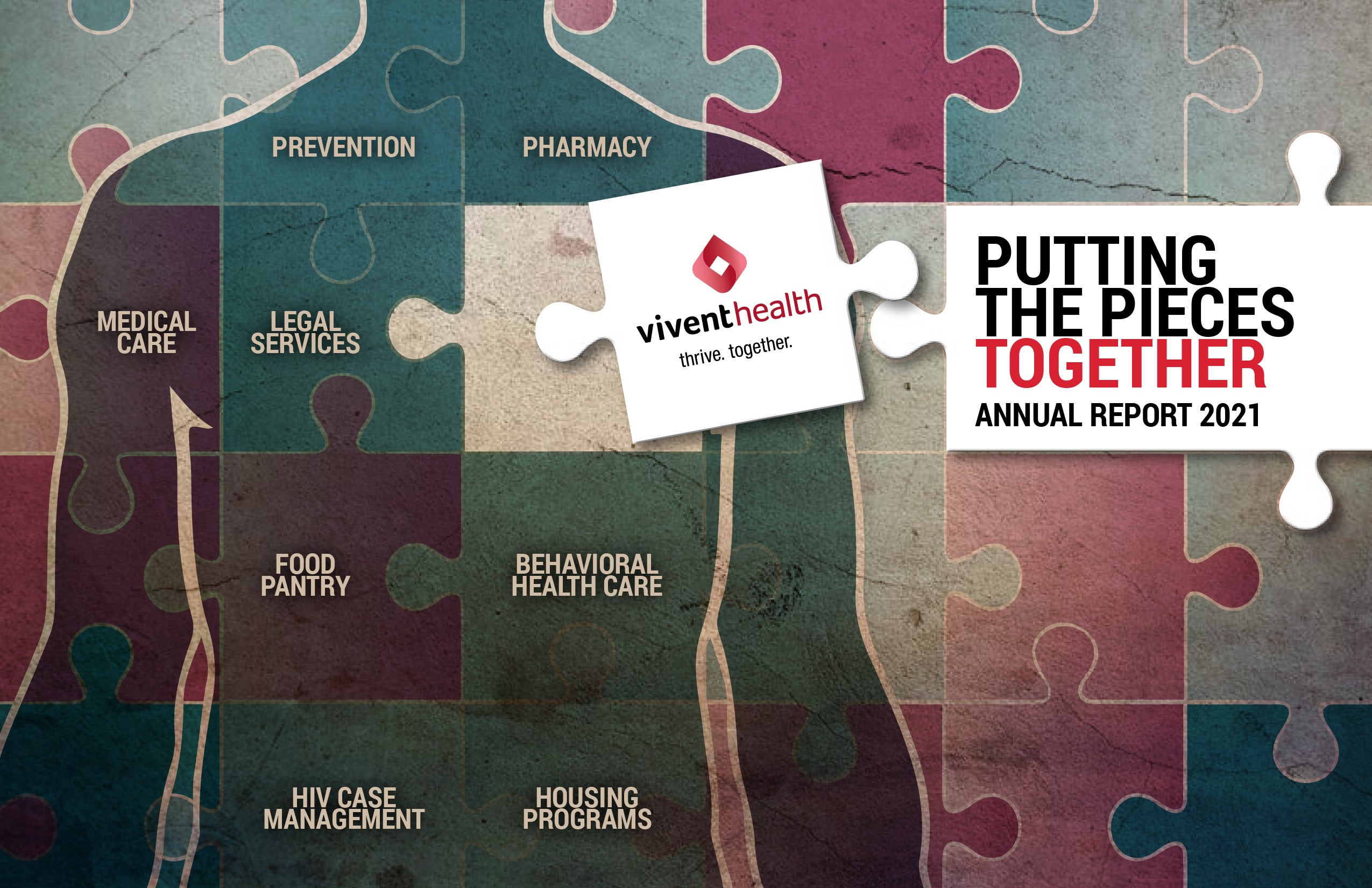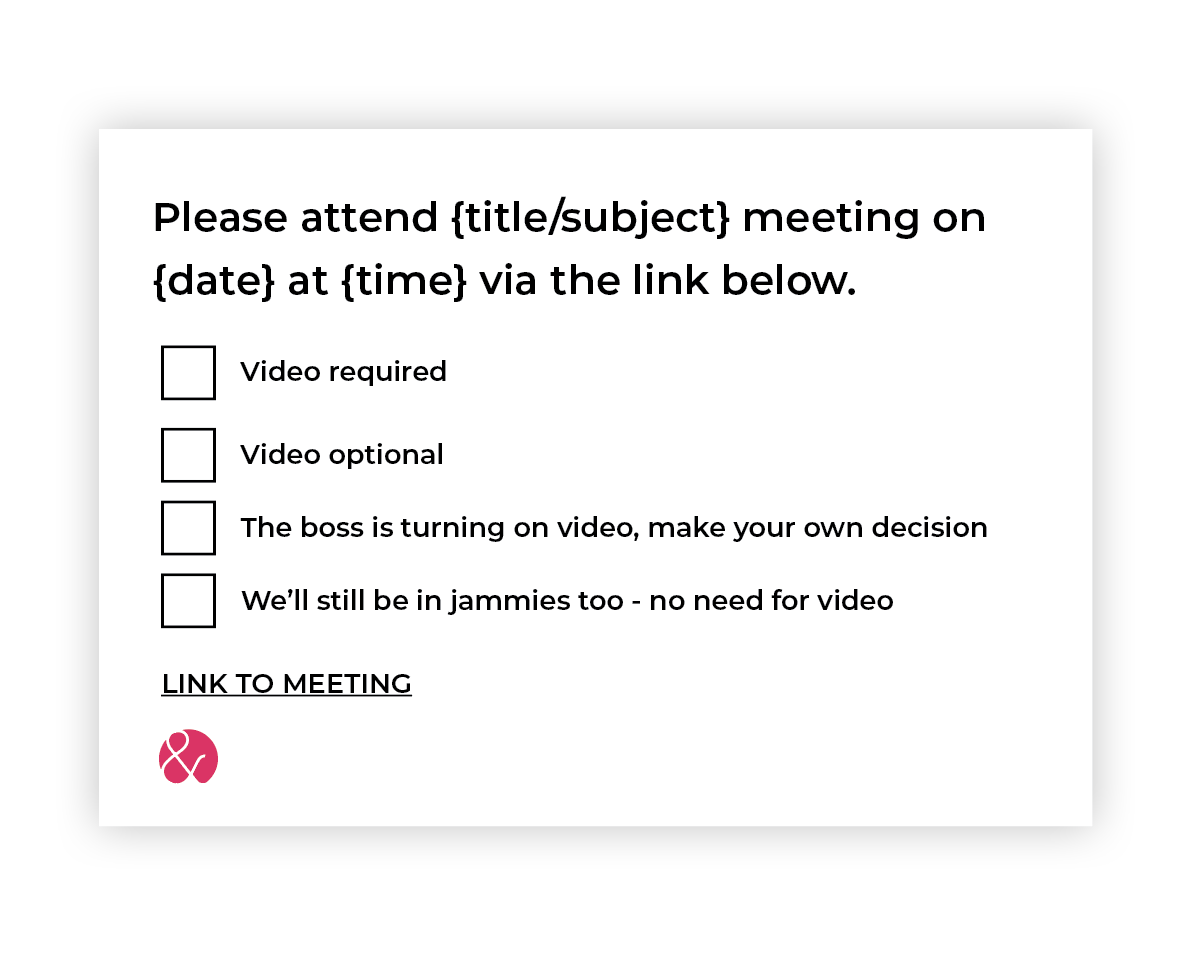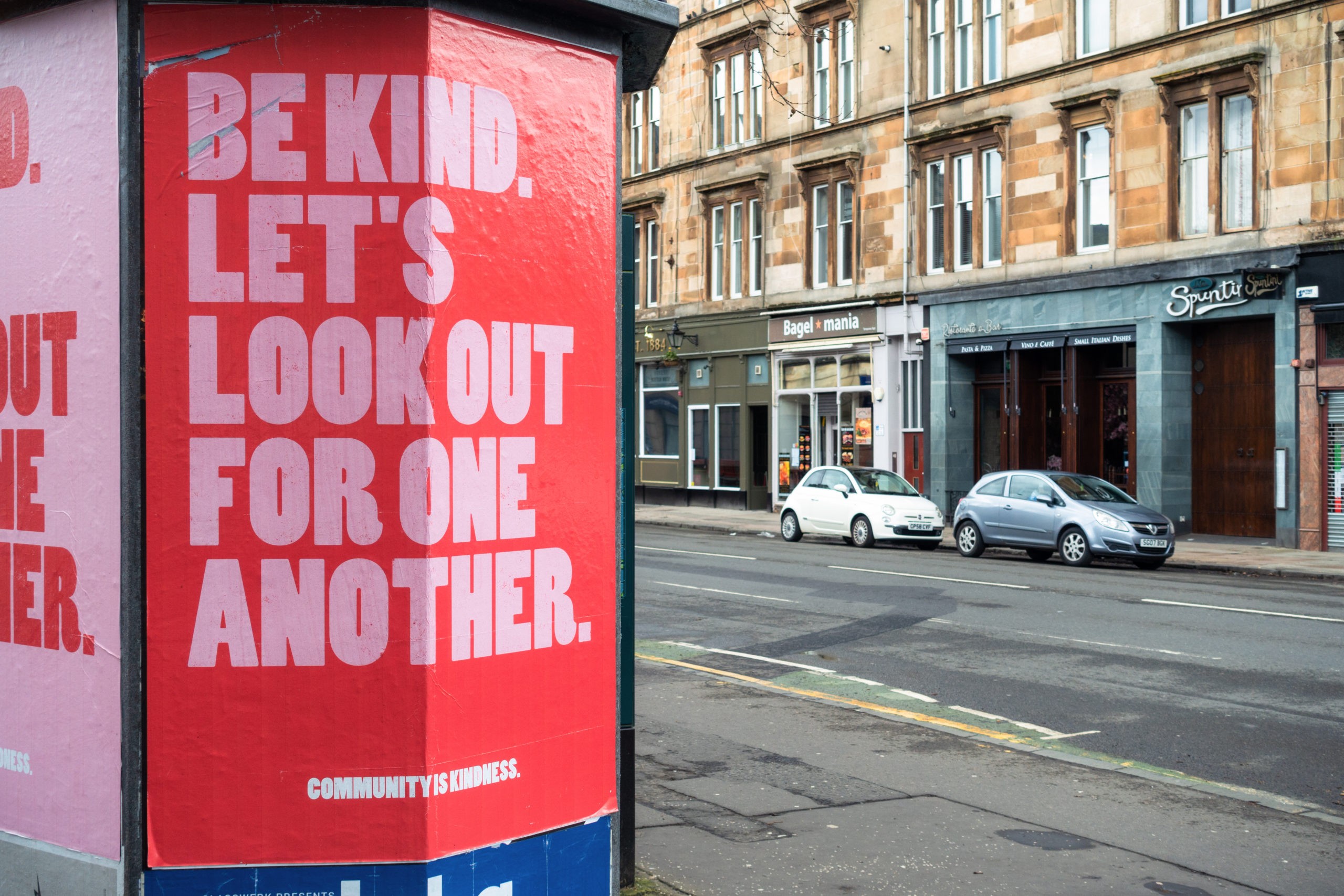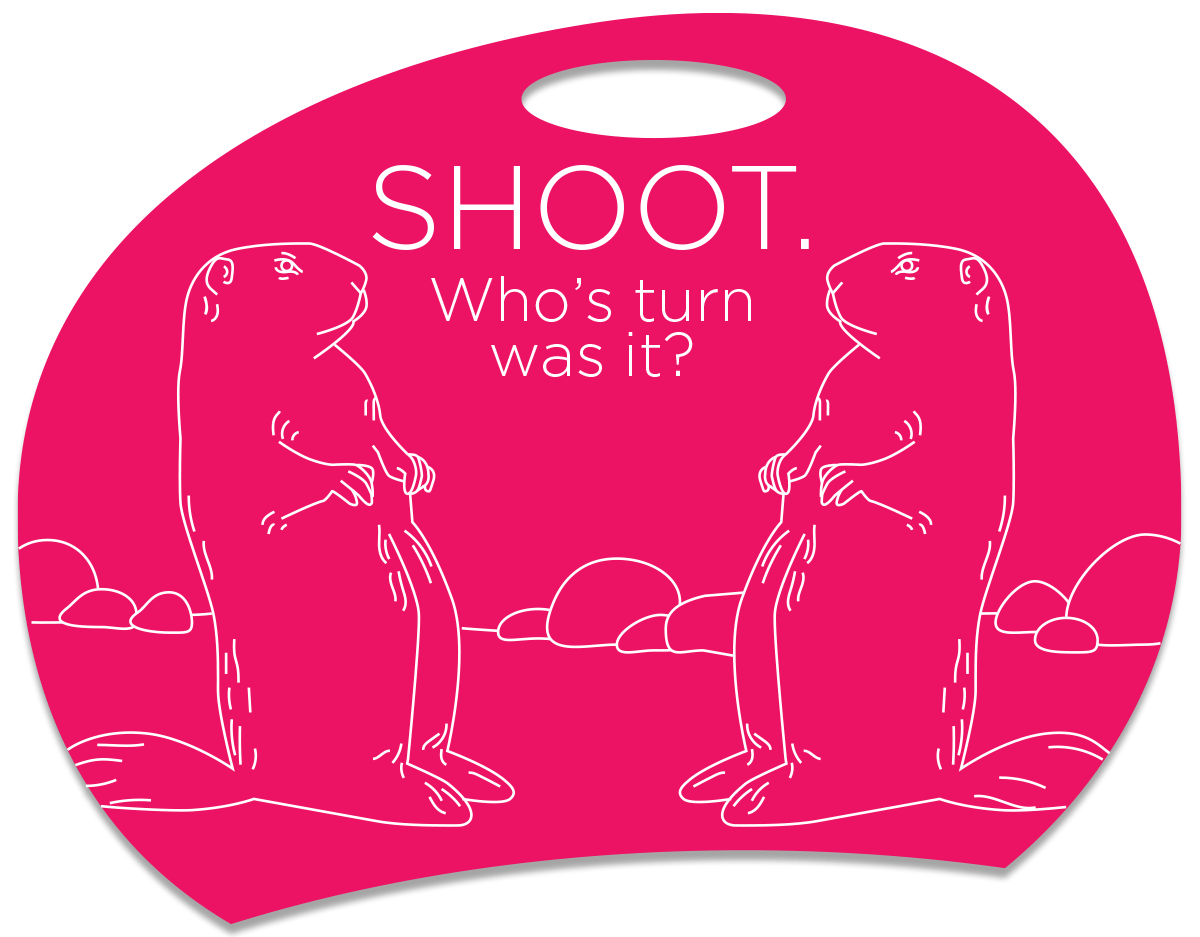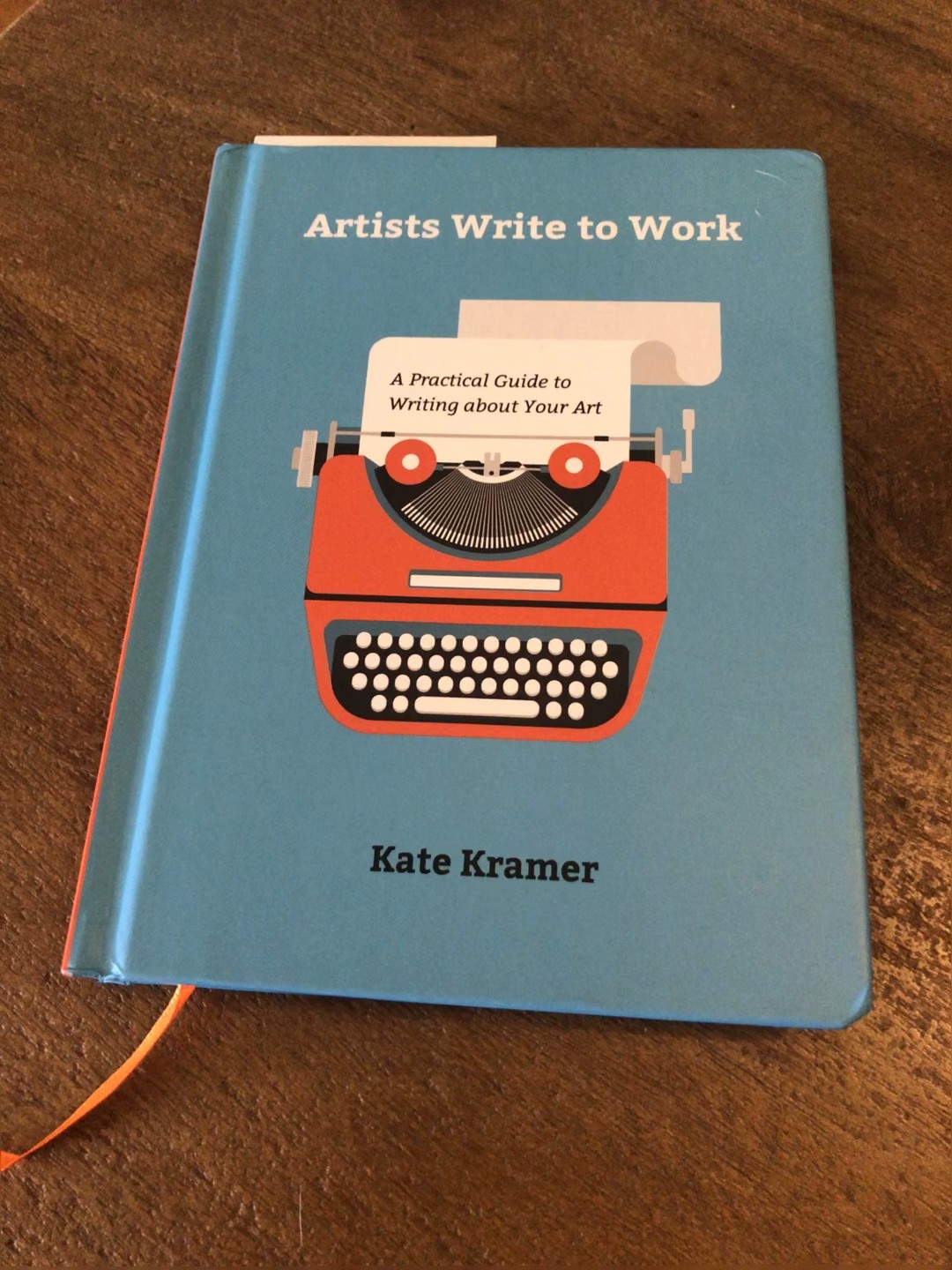As a website designer, I've seen my share of poorly developed websites. Enough that it makes me think there should be a cheat sheet with some basics in creating a successful site. It is all important to have a web presence but it's not enough to just throw something up there quickly. This is your image, your first impression lots of times, and as such should be your best foot forward.
Below is a basic step by step guide to get you started. If you already have a website, take a close look at it with these steps in mind to make sure you are on the right track. If you are planning a new website, start here:
1. Clear message
First thing's first - what is the single most important message you want users to understand about your company? When someone comes to your site for the first time, they need to be able to understand that message at a glance. Is the most important message your services? Your ethics? An offer? First thing to do is determine your message and then everything about the site needs to be set up to support that message - starting with your home page.
2. Definite goal
Once you’ve determined your message – what is your goal? What do you want a user to do while they are at you site? Or what should they take away? Do you want them to pick up the phone and call you? Do you want them to become a member of your site? Sign up for your mailing list? Do you want them to purchase something from your site? Once you've decided this goal, then make sure content and site design clearly lead the user to completing this goal.
3. Strong content
What has become overwhelmingly clear over the years is the importance of your site content. If the content is strong, changes often, and really gives the visitor what they’re looking for – they will come back - over and over again. That is the whole story. So determine who your target audience is and what they are looking for - and give it to them in your site content. If you are not a good writer, hire a copywriter to do it for you.
4. Usability
Your site navigation should be obvious and self-explanatory. As a graphic designer I am attracted to new and interesting design. However, lots of times new and interesting sites come with a learning curve. You must first learn how to use it before you can really experience it. The average user will not take that time to learn and you will lose them. Unless you are in the business of creating the new and interesting, leave the tricky stuff alone. You can build a great internet presence without reinventing the wheel and potentially alienating your target audience. Some important items when building a user-friendly site:
- Easy to understand navigational terms
- Easy to use navigational structure
- A well organized site with no more than 5-7 top navigational links
- As few clicks as possible to any destination
- Shortcut links to key pages
- Home page which features new content and links deeper into the site
5. Graphics that support the message and goal
Once you have the above in place, that’s when graphics come in. The graphics are there purely to support all the previous items. Usability, clear message and definite goal. Strong content displayed in an easy to understand way. The graphics are ALWAYS the supporting role to the message and the content. A good graphic designer will be able to take your message and make sure it is displayed to it's best advantage.
Just a start, but a good one
The cheat sheet above lists the basics of developing a good website. There are many directions you can take your site from there, or you can stop at the end of this list. But as in anything you make, a solid foundation is always a good place to start.


